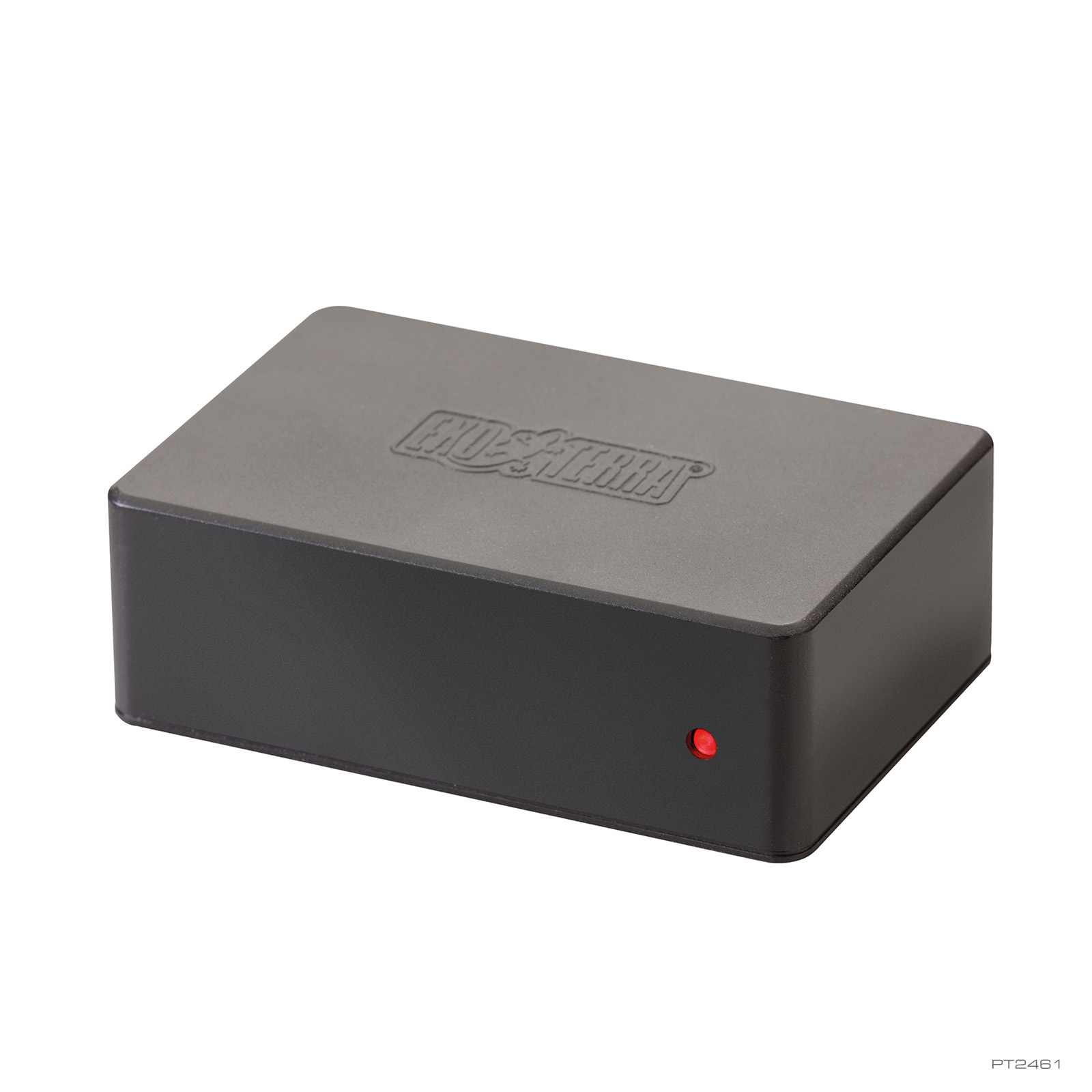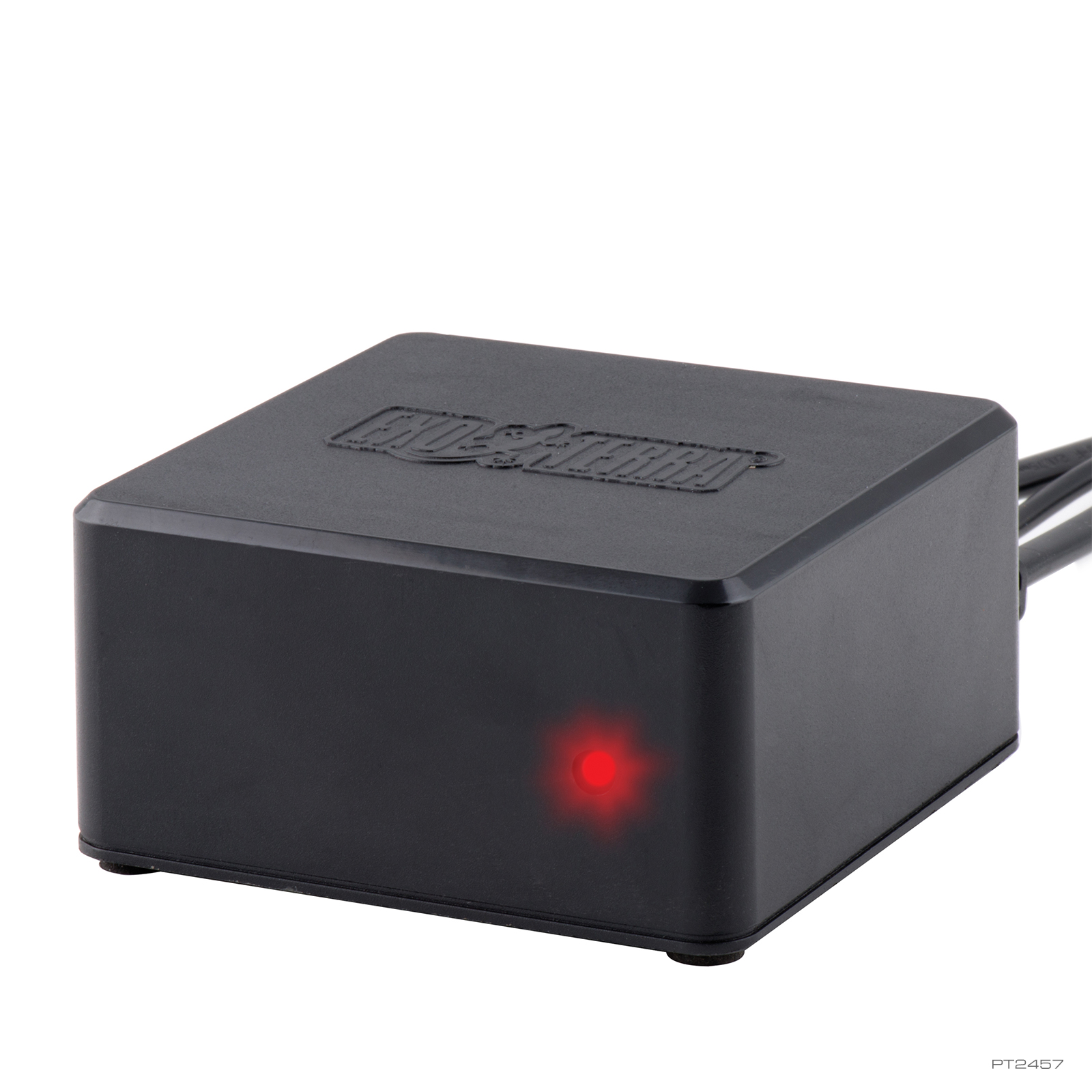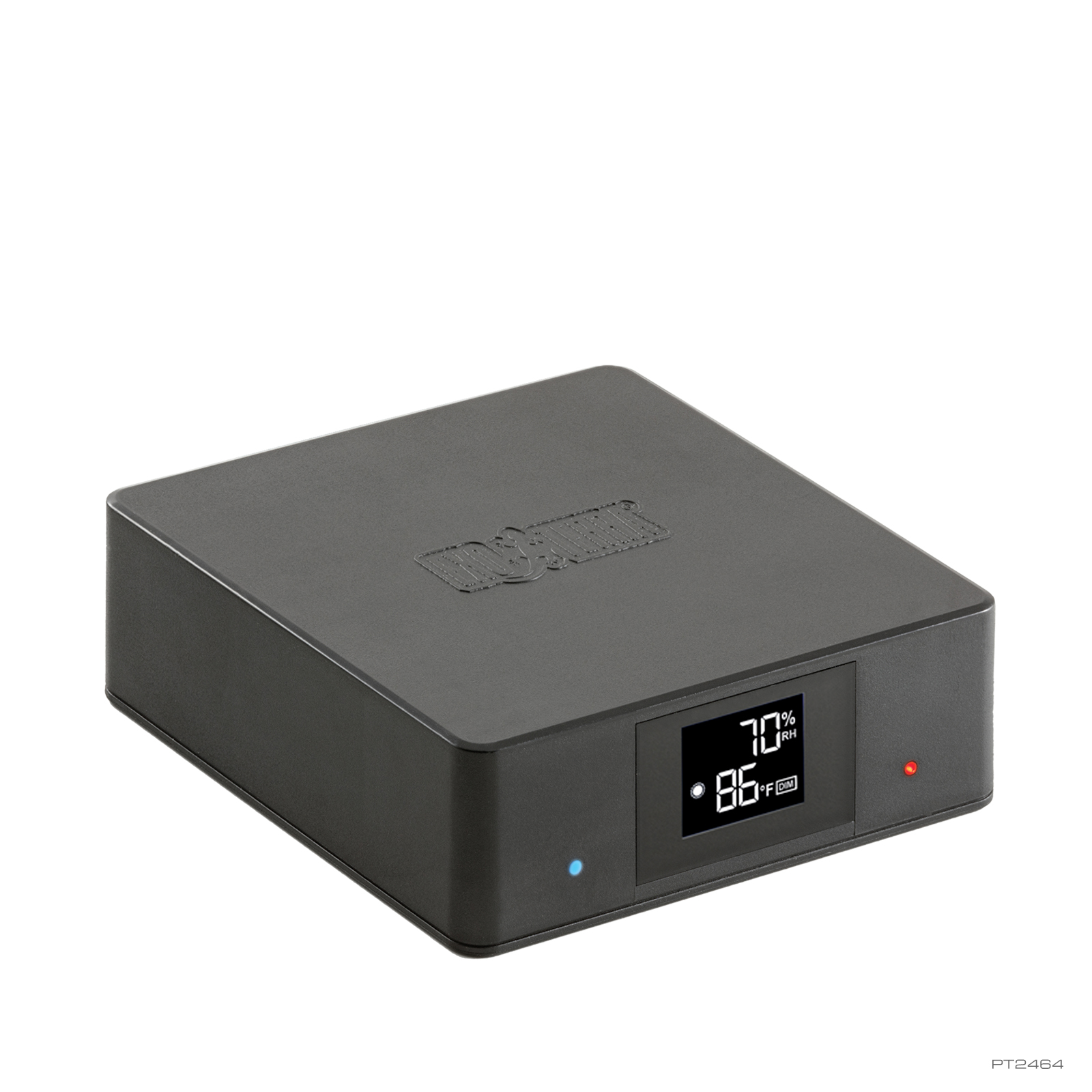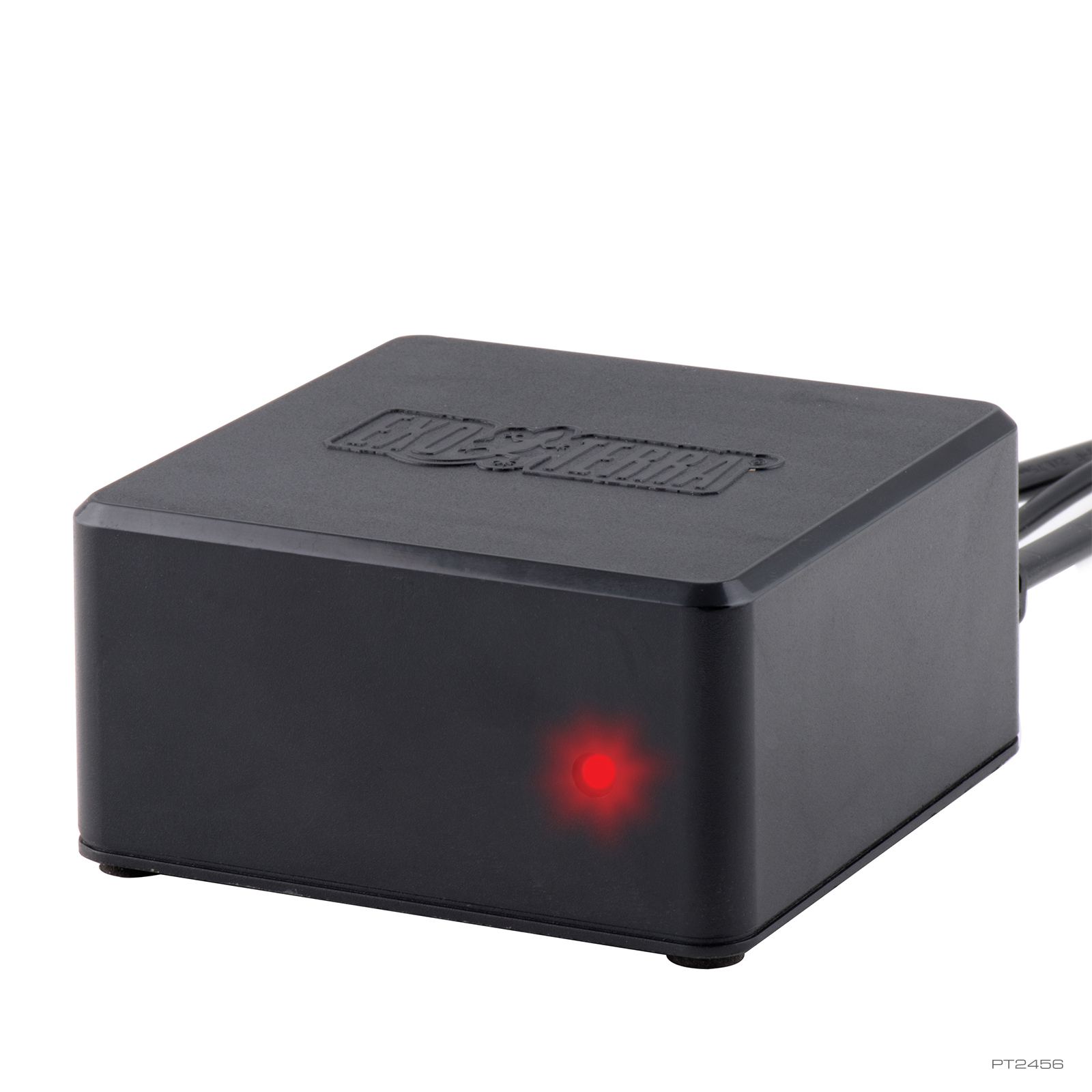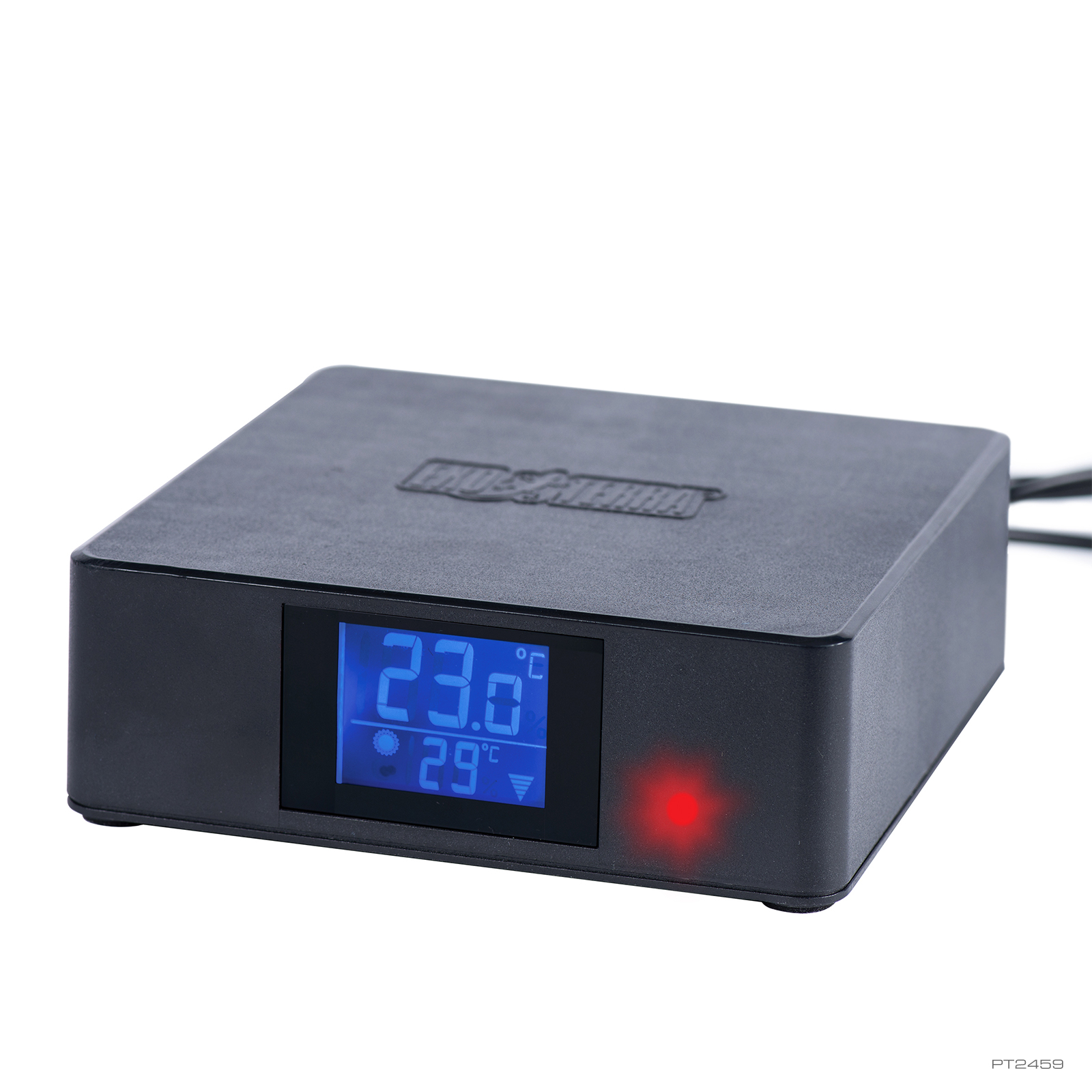
On/Off, Dimming or Pulse Proportional?
Thomas Merckx
Thermostats help us regulate the temperature inside the terrarium. There are plenty of choices available, and the wide range of possibilities is often confusing. Some Thermostats (like the Exo Terra 600W Thermostat) even allow you to choose between different options! To help you decide which one is the best in your situation, it is essential to know the characteristics of each type.
The main difference between on/off, dimming, and pulse proportional thermostats lies in how they control the temperature and manage the power supply to the connected equipment. In turn, this will influence which types of heating devices they are best used with.
On/Off Thermostats
On/Off thermostats are the simplest and most common type of thermostats. They work by turning the connected heating or cooling equipment completely on or off when the temperature reaches the setpoint. When the temperature rises above the desired level, the thermostat activates the equipment to provide heating or cooling until the temperature drops back below the setpoint, at which point the equipment is turned off again. On/Off thermostats are straightforward and easy to operate and tend to be the least expensive type of thermostat. However, due to their binary nature (on or off), they can cause more significant temperature swings. It also makes them less suitable for heating bulbs due to the stress caused to the filament, often reducing the bulb’s lifespan drastically in the process.
Dimming Thermostats
Dimming thermostats are more sophisticated than on/off thermostats, as they provide a way to modulate the power supplied to the connected equipment. Rather than just turning the equipment fully on or off, dimming thermostats can vary the intensity of the heating or cooling output, allowing for more precise, stable temperature control and reduced temperature swings. Furthermore, by varying the power supplied to the equipment, they can achieve better energy efficiency compared to on/off thermostats. On top of that, it makes them more suitable to use with heat bulbs, as the dimming setting brings less stress to the bulb’s filament. Due to their complexity, they are often more expensive and more difficult to operate than their on/off counterparts.
Pulse Proportional Thermostats
In summary, the difference between on/off, dimming, and pulse proportional thermostats lies in their level of sophistication, precision in temperature control and suitability regarding connected heating devices. On/off thermostats are the simplest and most economic but might cause larger temperature fluctuations and early heat bulb failure. Dimming thermostats offer better control and energy efficiency, while pulse proportional thermostats provide the most accurate temperature regulation at a higher cost and complexity.
Thomas Merckx
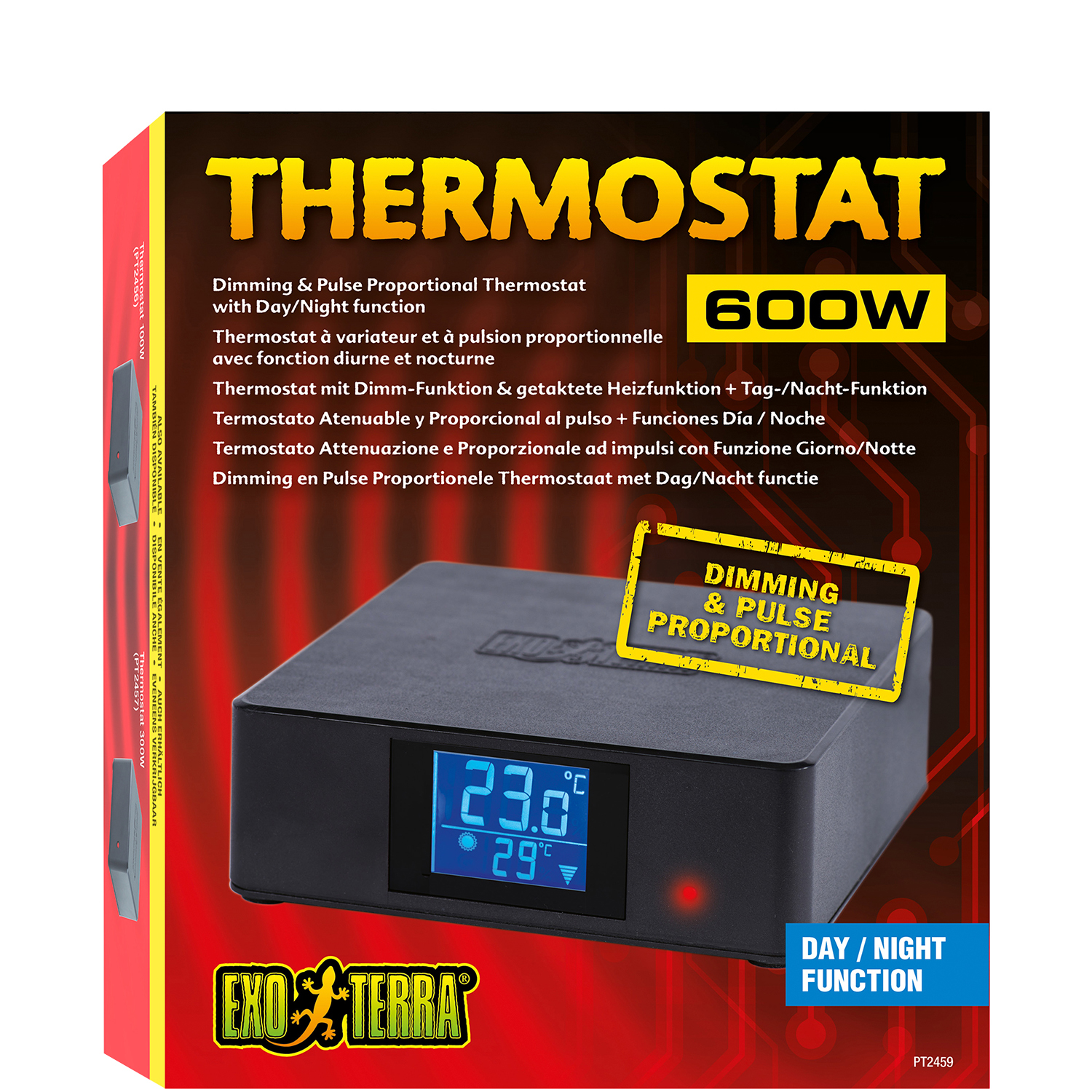

Heating Topics
What is thermoregulation?
Thermoregulation is the process by which organisms maintain a stable internal body temperature within a certain range despite changes in the external environment. Both reptiles and amphibians are ectothermic animals, meaning that their body temperature is primarily influenced by the surrounding environment rather than being regulated internally like endothermic animals (e.g., mammals and birds).
Why do I need a thermostat?
A thermostat is essential for maintaining a stable and appropriate temperature, which is crucial for the well-being of the animals or plants living inside. It regulates, and is connected to, one or more heat sources (e.g. heat mats, heat lamps or heating cables) ensuring the terrarium temperature remains within the desired range. With the thermostat, you can create a well-controlled heating system that allows you to maintain the required temperature conditions similar to those found in a desert or tropical environment.
Stay up on all things exo terra.
"*" indicates required fields


